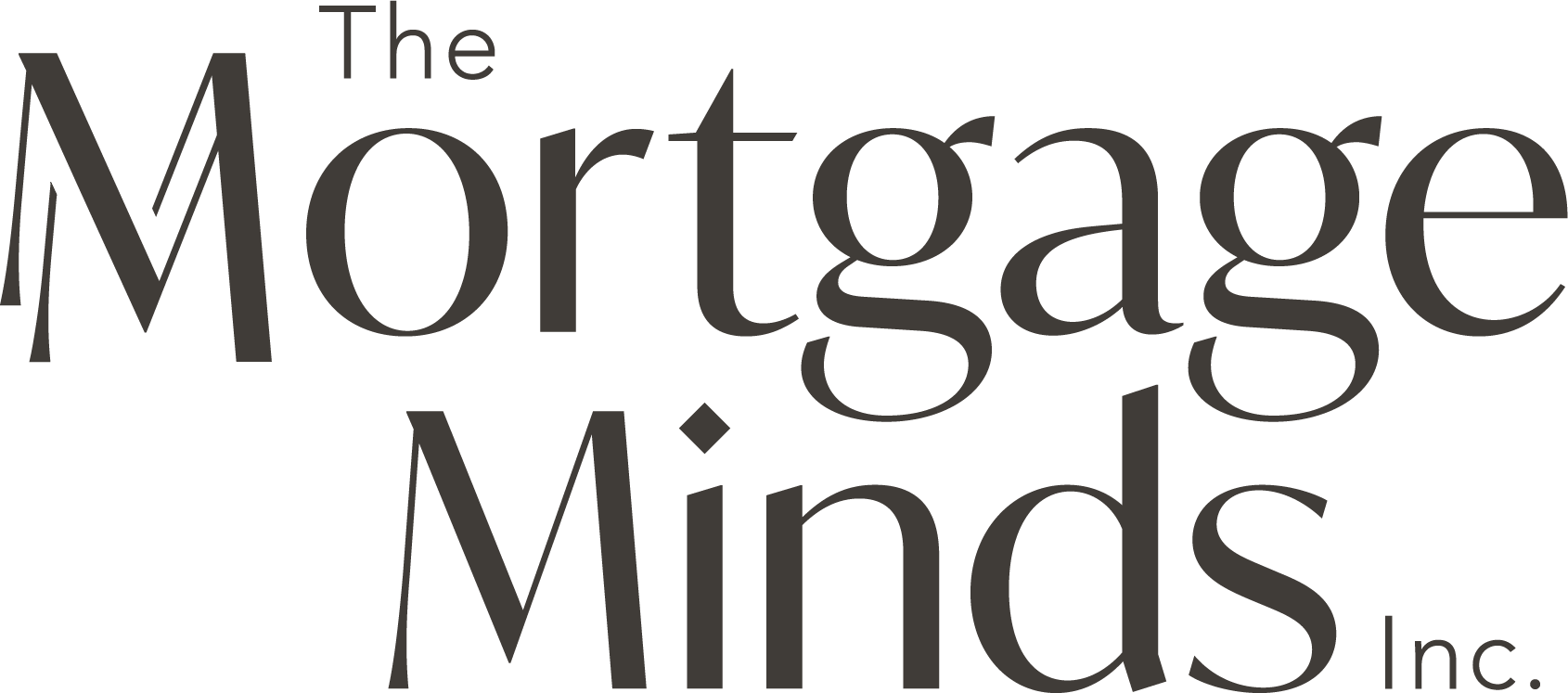For most people, the bond market doesn’t make the best cocktail party conversation. But if you’re shopping for a mortgage, knowing something about it can pay off.
The bond market sees things that most mortals don’t. Oftentimes, it even tells the future. Or at least, it tells the future about interest rates more accurately than probably 99% of the general population.
It can do that because investors in the bond market—those with the best information—bet billions of dollars on where rates are headed in the next minute, week, month and year. They make those bets with a full understanding of inflation, GDP, the business cycle, and all the other stuff that goes into determining interest rates.
For all but a few bond gurus, it’s near impossible for anyone to know more about where rates are headed than the consensus forecast of financial markets. That’s why people rely on the bond market for clues on the path of rates.
In financial markets swayed by random events, nothing is absolute. But here are four scenarios where the bond market is a fairly reliable mortgage indicator.
Scenario #1: When 10-year bond yields are below 2-year bond yields.
This is what bond pros call an “inverted yield curve.” It’s an unusual phenomenon because rates on long-term bonds are normally higher (since investors want to be compensated more for the risk of lending long term).
Inverted yield curves, like the one we’re witnessing today, are a high-probability signal of a coming recession. Recessions are universally bearish for mortgage rates, meaning they always pull down rates eventually. That’s a good thing if you’re floating your mortgage and a bad thing if you’re locked into a high fixed rate.
Inverted yields provide the strongest signal after multiple Bank of Canada rate hikes. At that point, rate cuts are usually less than 12 months away on average.
Scenario #2: When prime rate is well above its 5-year average
When Canada’s prime rate is over 50% above its 5-year average, like it is today, variable rates have outperformed 5-year fixed rates 94% of the time. By outperform, I mean cost less in interest over five years.
Note: My data goes back to 1944 and ends January 2018. Prime rate is used as a proxy for the variable rate prior to 1981,when variable rates first appeared on the scene.
This pattern is not infallible, however. November 1979 is the one counter-example where floating rates surged 7.75percentage points in just 21 months after prime rose 50% above its 5-year average.
Nonetheless, if you’re financially stable and like to play the odds, this is one of the safer bets you’ll get in the mortgage market. Just be sure you can handle your payments if inflation surprises everyone and doesn’t fall below 3% fast enough.
(3% is the top end of the Bank of Canada’s target range.) In that case, the Bank may not hesitate to take rates even higher.
Scenario #3: When the Bank of Canada (BoC) increases rates after several previous hikes and the 5-year bond yield drops
Most people think that BoC rate increases are bad for mortgage rates, and that’s true for variable rates in the short term.
But once the BoC boosts its policy interest rate multiple times and the economy starts to slow, the bond market (which anticipates the future) starts predicting rate cuts.
Bond yields—which drive fixed mortgage rates—then fall.
If they fall materially, it’s usually a sign that interest rates have peaked for at least a year or two, but typically much longer.
Scenario #4: When the 5-year government yield surges 20+ basis points
In the short term, swings in bond yields can move fixed mortgage rates. If you’re not closing for 60 days, for example, and
bond yields are diving, you may want to wait to lock in. That way, you can get the best available rates and not have to rely on your lender to lower your rate after you’ve already committed.
On top of that, there are often better deals on rates if you only ask for a 30-day rate guarantee. This is especially true if the
mortgage is default insured (e.g., you’re making less than a 20% down payment).
Related tip: If you can, allow yourself at least 30 days to close. This reduces stress given there are multiple steps in the
approval and closing process.
The takeaway…
Based on what the bond market is currently telling us, now is not the time to lock into a 5-year fixed rate near or above 5%.
Of course, nothing is foolproof when it comes to predicting financial markets. When using rules of thumb like the ones above, no one should expect perfect timing. It’s good enough if you’re close.
Either way, heeding these tips will give you an edge—both in rate timing and in mortgage term selection.











